Our latest ZimmPoll asked the question, “Should raw milk be allowed for sale?” The question was prompted by one of the panelists at the 2012 Animal Agriculture Alliance Stakeholders Summit. She is a reporter with a food safety publication who says that this issue is the one that gets the most comments and response of any other. This question generated the most comments of any ZimmPoll to date so I understand what she was saying. Actually, most comments wanted a 4th response option to allow the sale of raw milk but with sufficient regulation and testing to ensure it is safe. I saw the comments too late to make that change so I don’t know if these results would have been different. So the answer, Absolutely with no regulation received 66%; On a very limited and regulated basis received 20% and Definitely not, too many health concerns received 14%. Surprised? I’m thinking that we not only have a lot of raw milk lovers in the ZimmComm News Network community but they are very active at getting others to vote! This poll also had one of the highest number of responses we’ve had so far. Why do you think that is?
Our new ZimmPoll is now live and asks the question, “When was the last time you talked to a journalist about agriculture?” The question is inspired by last night’s AgChat Twitter conversation and a question that had been submitted by @BASFAgro! We’re supposed to stand up for our industry and livelihoods that are threatened by lots of misinformation that gets spread by the media. What are we doing about it? How are we speaking out? Are we willing to develop a relationship with the reporters at our local mainstream media outlets (newspaper/radio/tv/web)? More questions I know but there is a lot we can all do to help educate the ultimate consumers of the products we produce. Keep it up. It does make a difference!
Let your friends and neighbors know they can participate by sharing this link.
![]() ZimmPoll is sponsored by Rhea+Kaiser, a full-service advertising/public relations agency.
ZimmPoll is sponsored by Rhea+Kaiser, a full-service advertising/public relations agency.

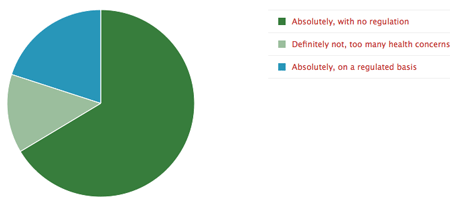
 The
The 
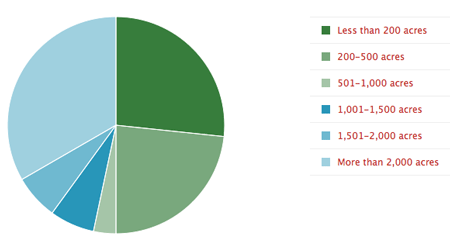
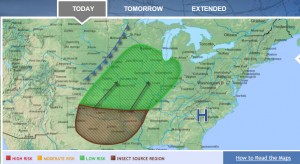
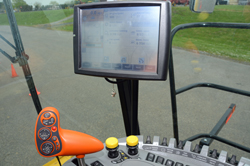 One of the slick features that
One of the slick features that  You may not realize it, but New Holland is kind of a big deal in combines. “New Holland was the first company to launch a rotary combine in the market,” Combine Market Manager Nigel Mackenzie told us. “That was back in 1975 with the TR70. That combine was built and designed in Nebraska and the latest evolution, the CR models, are still built there.”
You may not realize it, but New Holland is kind of a big deal in combines. “New Holland was the first company to launch a rotary combine in the market,” Combine Market Manager Nigel Mackenzie told us. “That was back in 1975 with the TR70. That combine was built and designed in Nebraska and the latest evolution, the CR models, are still built there.”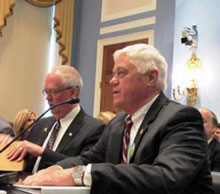 “Our organizations have expressed support for the Title II framework in the 2012 Farm Bill that the Senate and House Agriculture Committees began developing last fall, which consolidates 23 conservation programs into 13 while maintaining the same tools that were available to farmers in the past,” Niemeyer, a farmer from Auburn, Illinois, explained in his testimony. “Our growers are seeking simplification, flexibility, and consolidation in these programs, and we believe these goals are achieved in the Senate Agriculture Committee’s recent draft language.”
“Our organizations have expressed support for the Title II framework in the 2012 Farm Bill that the Senate and House Agriculture Committees began developing last fall, which consolidates 23 conservation programs into 13 while maintaining the same tools that were available to farmers in the past,” Niemeyer, a farmer from Auburn, Illinois, explained in his testimony. “Our growers are seeking simplification, flexibility, and consolidation in these programs, and we believe these goals are achieved in the Senate Agriculture Committee’s recent draft language.”